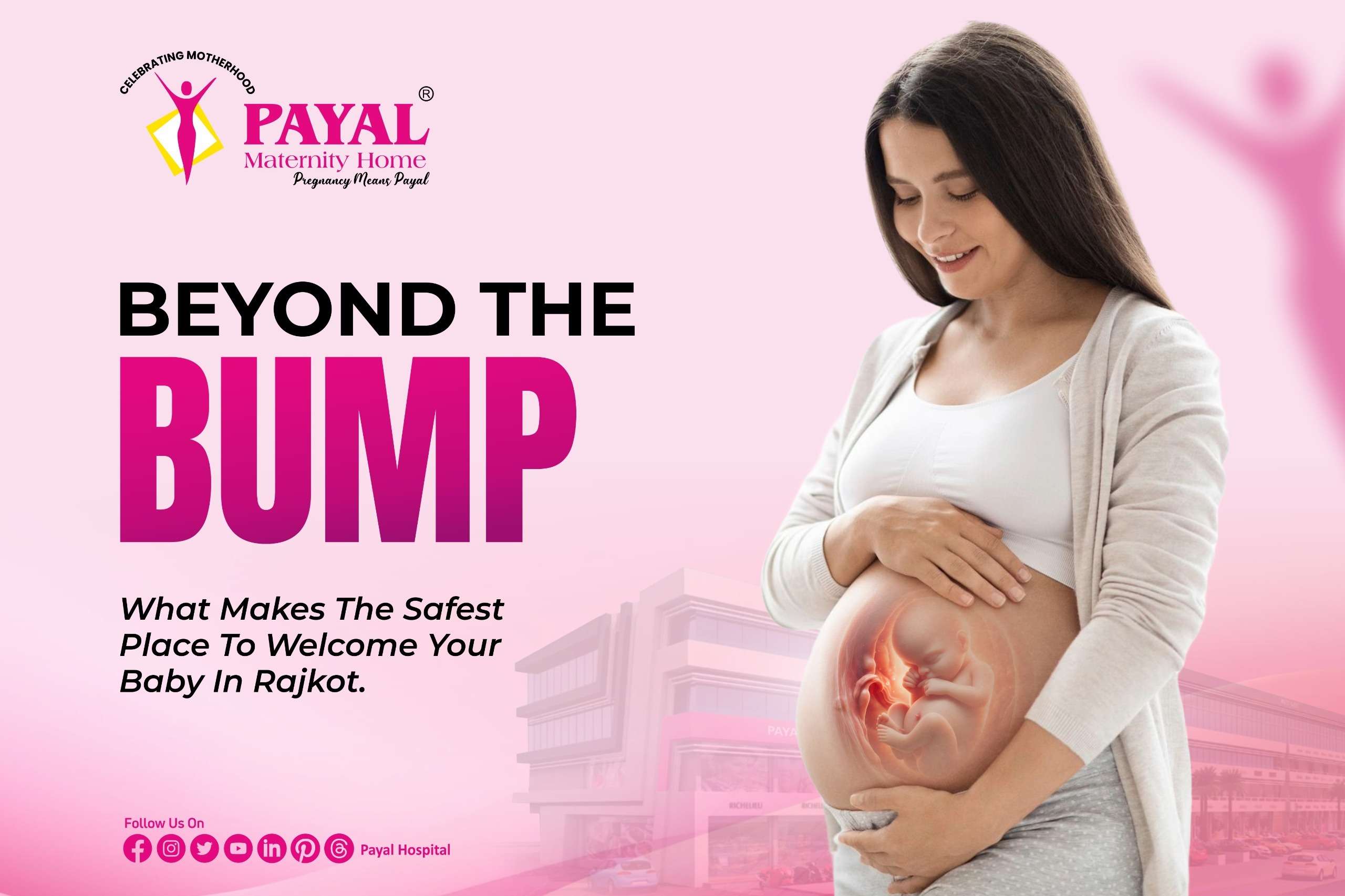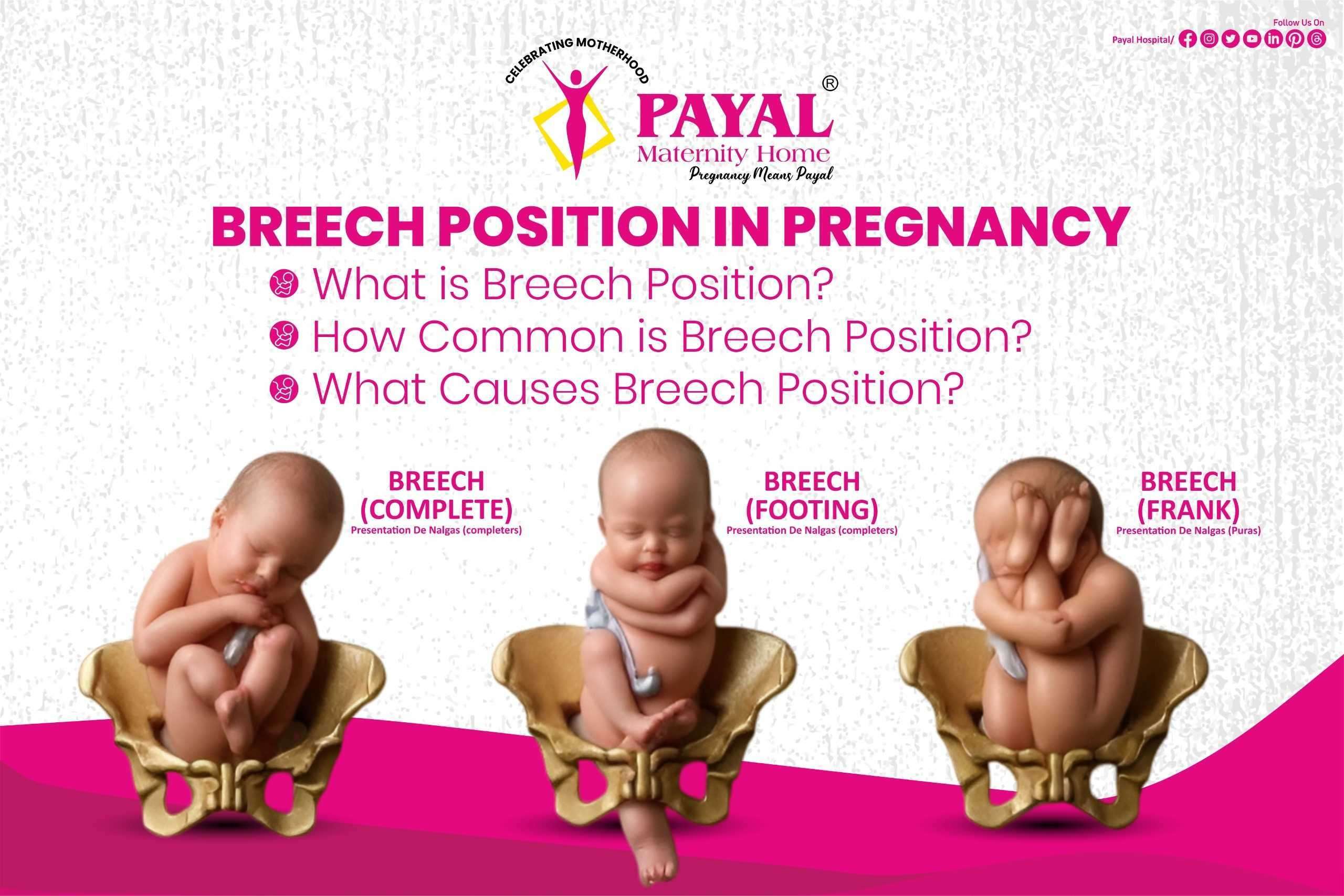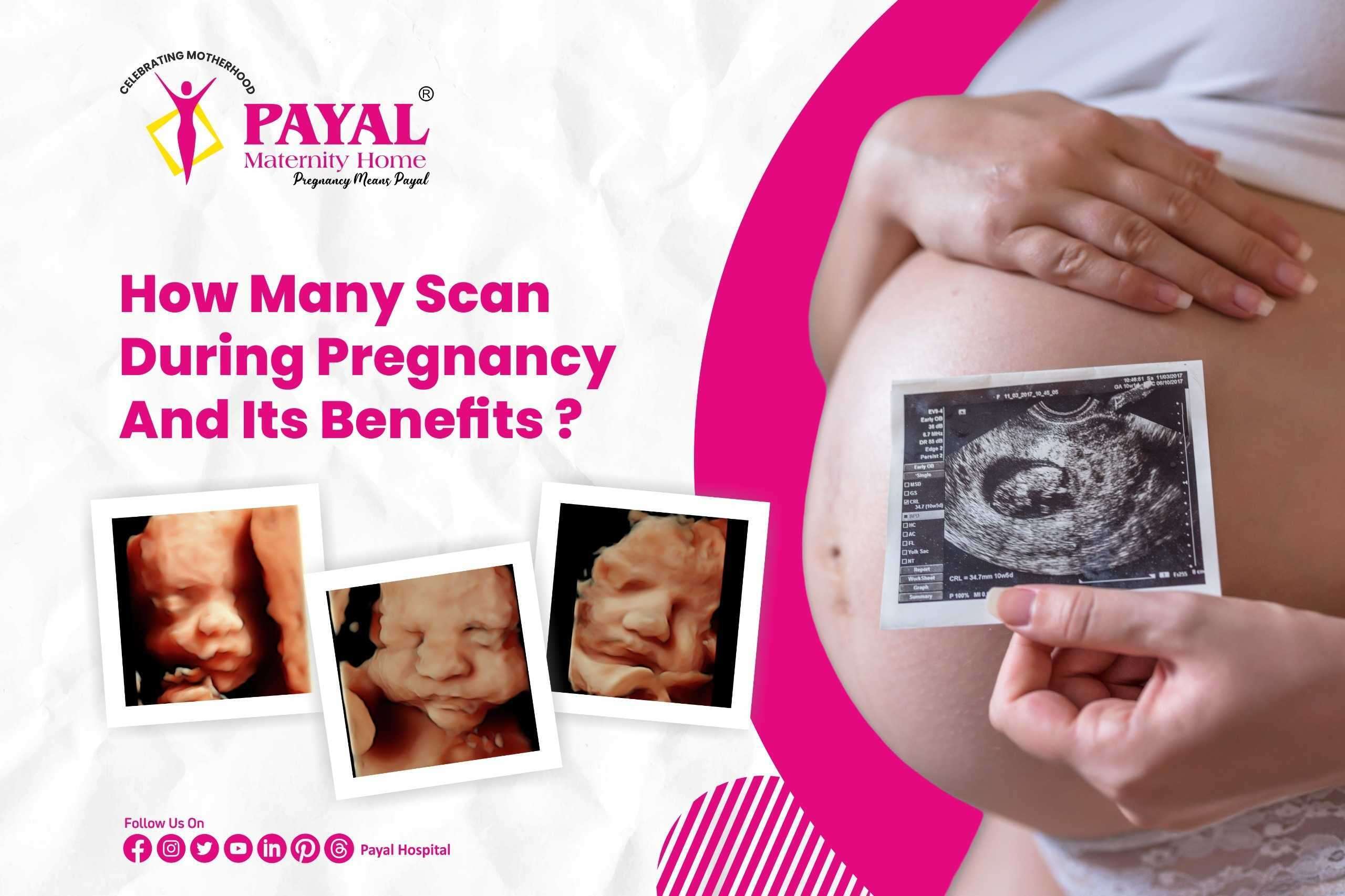For Appointment: Raiya Circle: 8905150606 8460044502 Mavdi: 7575887500 9924047400
Breech Position in Pregnancy
Imagine the moment you find out that your baby is not in the “head-down” position. Instead, your doctor mentions that the baby is in a breech position—head up, feet down. As a first-time mom, this can sound a little alarming, but don’t worry; you’re not alone, and there are options available.
Let’s take a deeper look into what breech position is, how common it is, and the steps you can take to help your baby settle in the right position for birth.
Breech presentation refers to the baby’s position in the uterus when their head is facing upward and their buttocks or feet are positioned to come out first instead of the head. There are several types of breech positions:
Frank Breech: The baby’s buttocks are positioned to come first with the legs extended straight up in front of the body.
Complete Breech: The baby’s legs are folded at the knees, and the feet are near the bottom.
Footling Breech: One or both feet are positioned to come out first.
Breech presentation occurs in about 3–4% of pregnancies at term (around 37–40 weeks). During the first trimester, it's more common for babies to be in breech positions, but most babies naturally turn to the head-down position as the pregnancy progresses. By 36 weeks, about 95% of babies are usually in the correct head-down position.
In many cases, the cause is simply unknown. However, some factors can increase the likelihood of breech presentation:
Multiple pregnancies (twins, triplets)
Premature labor
Oligohydramnios (as there is not enough space to change position)
Excessive amniotic fluid (polyhydramnios)
Uterine abnormalities
Placenta previa (where the placenta covers the cervix)
Previous breech pregnancy
Typically, breech presentation is diagnosed during a routine ultrasound or a physical examination by your doctor, who might feel your abdomen to determine the position of the baby. If breech is suspected, an ultrasound is used to confirm it.
While breech position doesn’t automatically mean complications, it can increase the risk of delivery issues. Here’s what to consider:
Prolonged labor: The baby’s position can make it harder for the cervix to dilate properly.
Cord prolapse: The umbilical cord might slip ahead of the baby, which can be dangerous.
Injury during delivery: Breech babies may experience birth injuries due to the position.
Head entrapment
However, many breech pregnancies result in healthy deliveries with proper planning.
If your baby is breech at 34 weeks or later, your doctor may recommend external cephalic version (ECV)—a procedure where the doctor gently manipulates your abdomen to turn the baby. It’s safe for most women, but it’s done only under careful monitoring in a hospital setting.
Other methods that some women try (though their effectiveness varies) include:
Moxibustion: Traditional Chinese medicine, using heat therapy to stimulate turning.
Webster Technique: Chiropractic adjustments that may help align the pelvis.
Positioning exercises: Some prenatal yoga or exercises, like the inverted position, where you raise your hips higher than your head, might encourage turning.
MAINTAIN HYDRATION AND ADEQUATE AMNIOTIC FLUID LEVEL.
Make sure to check with your doctor before trying any of these methods!
If the baby stays in a breech position past 36 weeks, your doctor will likely discuss delivery options. You may have the following choices:
The safest option if the baby remains breech, especially with a footling or complete breech position.
In some cases, a vaginal delivery might be possible, depending on the baby’s position, your health, and the hospital's capabilities. This is typically considered when the baby is in a frank breech position and the mother’s pelvis is deemed wide enough to accommodate the birth.
As mentioned, a doctor might try to manually turn the baby before the birth to avoid a C-section before 37 WEEKS.
While breech presentation can be concerning, it’s essential to remember that you have options and that doctors are trained to handle a variety of situations, including breech pregnancies. Many babies turn on their own, and even if yours doesn’t, you and your doctor will work together to make sure the delivery is as safe as possible for both you and your baby.
Trust your healthcare team, keep a positive outlook, and be open to all the solutions they suggest. Every pregnancy is different, but with the right support, you’ll navigate it with confidence.

Learn what eclampsia is, how it differs from preec...

Learn why uterus pain occurs during early pregnanc...

Ovary pain during pregnancy can signal issues like...

Learn what a small uterus means for pregnancy, its...

Payal Maternity Home Rajkot, birthing suites Rajko...

Learn about placenta previa, its symptoms, causes,...

Payal Maternity Home Rajkot offers expert gynecolo...

Learn about breech positions in pregnancy, why the...

Learn how many ultrasound scans are typically done...

Learn about normal and high blood pressure during ...